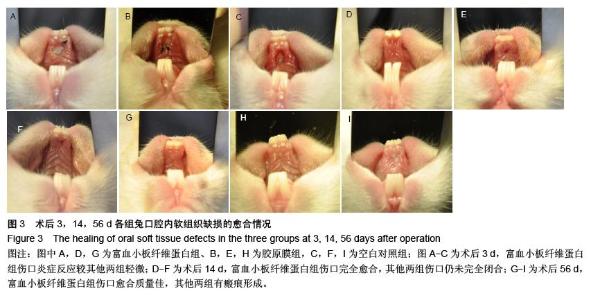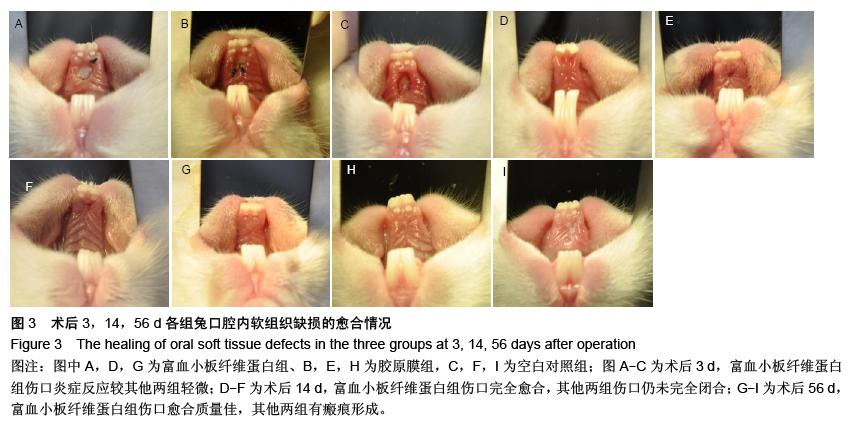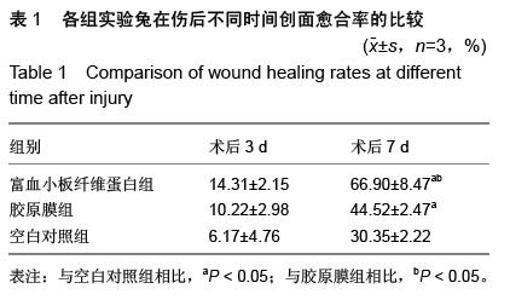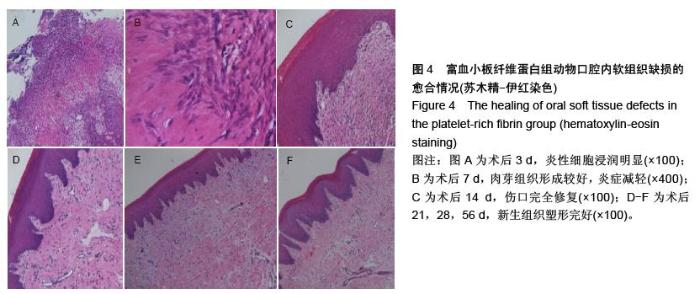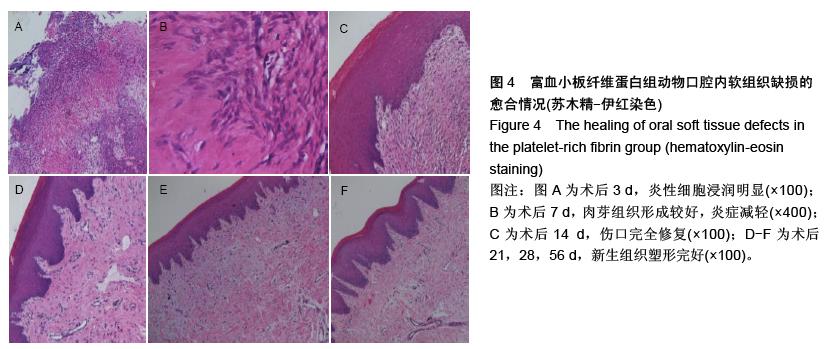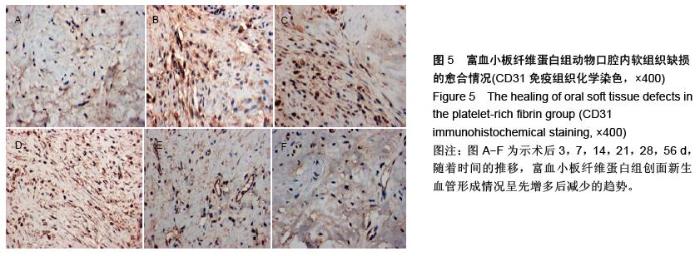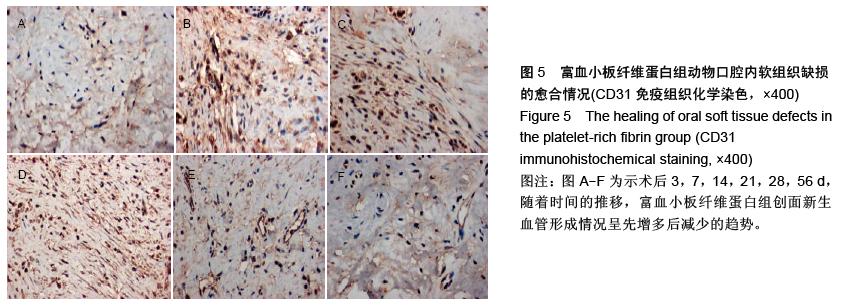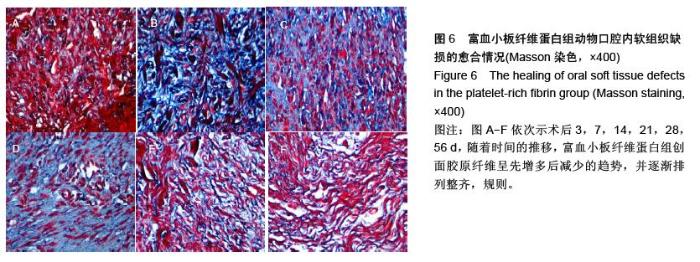| [1] Levine RA, Huynh-Ba G, Cochran DL. Soft tissue augmentation procedures for mucogingival defects in esthetic sites. Int J Oral Maxillofac Implants. 2014;29 Suppl:155-185.
[2] Zucchelli G, Mazzotti C, Mounssif I, et al. A novel surgical-prosthetic approach for soft tissue dehiscence coverage around single implant. Clin Oral Implants Res. 2013;24(9):957-962.
[3] Sicilia A, Quirynen M, Fontolliet A, et al. Long-term stability of peri-implant tissues after bone or soft tissue augmentation. Effect of zirconia or titanium abutments on peri-implant soft tissues. Summary and consensus statements. The 4th EAO Consensus Conference 2015. Clin Oral Implants Res. 2015;26 Suppl 11:148-152.
[4] Landsberg CJ. The eversed crestal flap: a surgical modification in endosseous implant procedures. Quintessence Int. 1994;25(4):229-232.
[5] Penarrocha-Diago M, Gomez-Adrian MD, Balaguer-Martinez J, et al. Mandibular connective tissue pedicle flaps in implant dentistry: report of three cases. J Oral Implantol. 2007;33(3):127-132.
[6] Jantsch HH, Kemppainen P, Ringler R, et al. Cortical representation of experimental tooth pain in humans. Pain. 2005;118(3):390-399.
[7] Vignoletti F, Nunez J, Sanz M. Soft tissue wound healing at teeth, dental implants and the edentulous ridge when using barrier membranes, growth and differentiation factors and soft tissue substitutes. J Clin Periodontol. 2014;41 Suppl 15:S23-S35.
[8] Rigby MH, Taylor SM. Soft tissue reconstruction of the oral cavity: a review of current options. Curr Opin Otolaryngol Head Neck Surg. 2013;21(4):311-317.
[9] 胡开进,王新木,侯锐,等.异种脱细胞真皮基质的研究进展及其在口腔黏膜缺损中的应用[J].中华损伤与修复杂志(电子版),2007,(3):173-175.
[10] Sculean A, Mihatovic I, Shirakata Y, et al. Healing of localized gingival recessions treated with coronally advanced flap alone or combined with either a resorbable collagen matrix or subepithelial connective tissue graft. A preclinical study. Clin Oral Investig. 2015; 19(4):903-909.
[11] Missana LR, Jammal MV. Critical size defect regeneration by rhPTH-collagen membrane as a new tissue engineering tool. J Biomed Mater Res A. 2014; 102(12):4358-4364.
[12] 侯劲松,黄洪章.脱细胞真皮基质在口腔医学领域的应用进展[J].中国口腔颌面外科杂志,2007,(3):163-169.
[13] 白彭,叶平,吴润发,等.两种胶原膜暴露于口腔环境中降解作用的对照研究[J].中国口腔种植学杂志,2011,(1): 56-57.
[14] Mosesson MW, Siebenlist KR, Meh DA. The structure and biological features of fibrinogen and fibrin. Ann N Y Acad Sci. 2001;936:11-30.
[15] Choukroun J, Diss A, Simonpieri A, et al. Platelet-rich fibrin (PRF): a second-generation platelet concentrate. Part IV: clinical effects on tissue healing. Oral Surg Oral Med Oral Pathol Oral Radiol Endod. 2006;101(3): e56-e60.
[16] Choukroun J, Diss A, Simonpieri A, et al. Platelet-rich fibrin (PRF): a second-generation platelet concentrate. Part V: histologic evaluations of PRF effects on bone allograft maturation in sinus lift. Oral Surg Oral Med Oral Pathol Oral Radiol Endod. 2006; 101(3):299-303.
[17] Khiste SV, Naik Tari R. Platelet-rich fibrin as a biofuel for tissue regeneration. ISRN Biomaterials. 2013;2013:1-6.
[18] 杨琴秋,赵春艳,孙勇.PRF用于口腔种植软组织缺损修复的研究进展[J].西南国防医药,2014,(12):1404-1406.
[19] Gupta V, Bains V K, Singh G P, et al. Regenerative potential of platelet rich fibrin in dentistry: literature review. Asian J Oral Health Allied Sci. 2011;1(1):22-28.
[20] Simonpieri A, Del CM, Sammartino G, et al. The relevance of Choukroun's platelet-rich fibrin and metronidazole during complex maxillary rehabilitations using bone allograft. Part I: a new grafting protocol. Implant Dent. 2009;18(2):102-111.
[21] Toffler M, Toscano N, Holtzclaw D, et al. Introducing Choukroun's platelet rich fibrin (PRF) to the reconstructive surgery milieu. J Implant Adv Clin Dent. 2009;1(6):21-32.
[22] Peck MT, Marnewick J, Stephen L. Alveolar ridge preservation using leukocyte and platelet-rich fibrin: a report of a case. Case Rep Dent. 2011;2011:345-348.
[23] Marrelli M, Tatullo M. Influence of PRF in the healing of bone and gingival tissues. Clinical and histological evaluations. Eur Rev Med Pharmacol Sci. 2013;17(14): 1958-1962.
[24] Soadoun AP, Touati B. Soft tissue recession around implants: is it still unavoidable?-Part II. Pract Proced Aesthet Dent. 2007;19(2):81-88.
[25] 徐普,朱亚丽,程亚楠,等.即刻种植即刻负重中PRF对软组织愈合的促进作用[J].中国口腔种植学杂志,2012,(4):154-157.
[26] Dohan DM, Choukroun J, Diss A, et al. Platelet-rich fibrin (PRF): a second-generation platelet concentrate. Part III: leucocyte activation: a new feature for platelet concentrates? Oral Surg Oral Med Oral Pathol Oral Radiol Endod. 2006;101(3):e51-e55.
[27] Cornelissen AM, Maltha JC, Von den Hoff JW, et al. Local injection of IFN-gamma reduces the number of myofibroblasts and the collagen content in palatal wounds. J Dent Res. 2000;79(10):1782-1788.
[28] 张亚军,杨聪翀,刘来奎,等.低浓度尼古丁对大鼠硬腭软组织缺损愈合的影响[J].中国组织工程研究,2014(15): 2326-2331.
[29] Nagelschmidt M, Becker D, Bonninghoff N, et al. Effect of fibronectin therapy and fibronectin deficiency on wound healing: a study in rats. J Trauma. 1987;27(11): 1267-1271.
[30] van Nostrand AW, Goodman WS. Pathologic aspects of mucosal lesions of the maxillary sinus. Otolaryngol Clin North Am. 1976;9(1):21-34.
[31] Valarmathi MT, Davis JM, Yost MJ, et al. A three- dimensional model of vasculogenesis. Biomaterials. 2009;30(6):1098-1112.
[32] Thomas B, Varghese J, Bhat G, et al. Platelet-rich fibrin as an adjunct to palatal wound healing after harvesting a free gingival graft: a case series. J Indian Soc Periodontol. 2014;18(3):399.
[33] Inchingolo F, Tatullo M, Marrelli M, et al. Trial with Platelet-Rich Fibrin and Bio-Oss used as grafting materials in the treatment of the severe maxillar bone atrophy: clinical and radiological evaluations. Eur Rev Med Pharmacol Sci. 2010;14(12):1075-1084.
[34] Marrelli M, Tatullo M. Influence of PRF in the healing of bone and gingival tissues. Clinical and histological evaluations. Eur Rev Med Pharmacol Sci. 2013;17(14): 1958-1962.
[35] Toffler M, Toscano N, Holtzclaw D, et al. Introducing Choukroun's platelet rich fibrin (PRF) to the reconstructive surgery milieu. J Implant Adv Clin Dent. 2009;1(6):21-32.
[36] Peck MT, Marnewick J, Stephen L. Alveolar ridge preservation using leukocyte and platelet-rich fibrin: a report of a case. Case Rep Dent. 2011;2011:345048.
[37] Dohan ED, Del CM, Inchingolo F, et al. Selecting a relevant in vitro cell model for testing and comparing the effects of a Choukroun's platelet-rich fibrin (PRF) membrane and a platelet-rich plasma (PRP) gel: tricks and traps. Oral Surg Oral Med Oral Pathol Oral Radiol Endod. 2010;110(4):409-413.
[38] Cherubino M, Pellegatta I, Tamborini F, et al. Evaluation of lymphangiogenesis in acellular dermal matrix. Indian J Plast Surg. 2014;47(3):318-324. |
